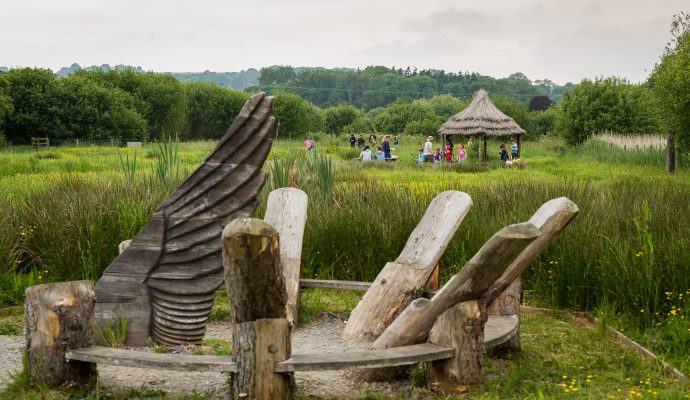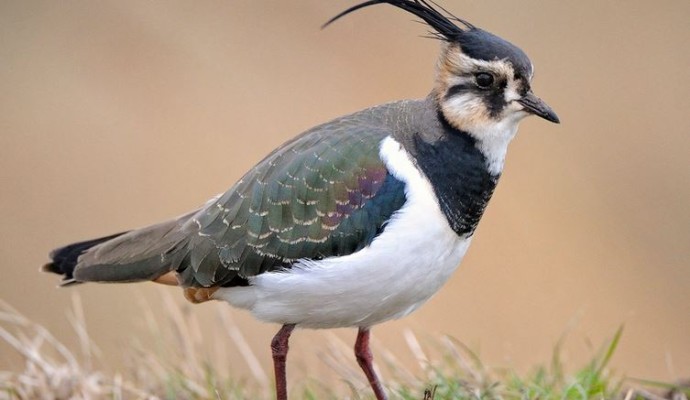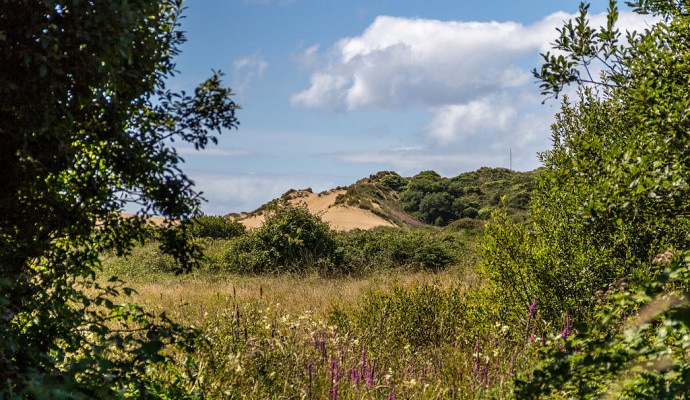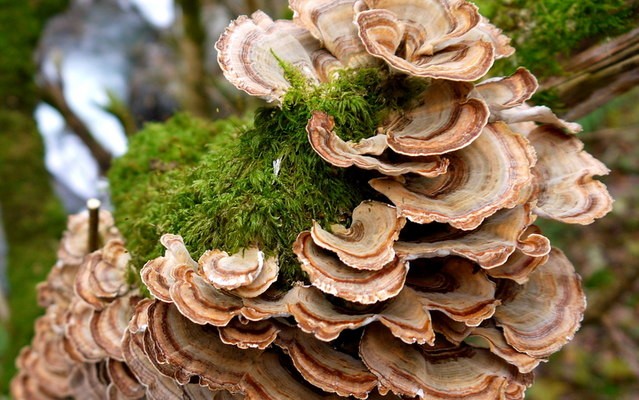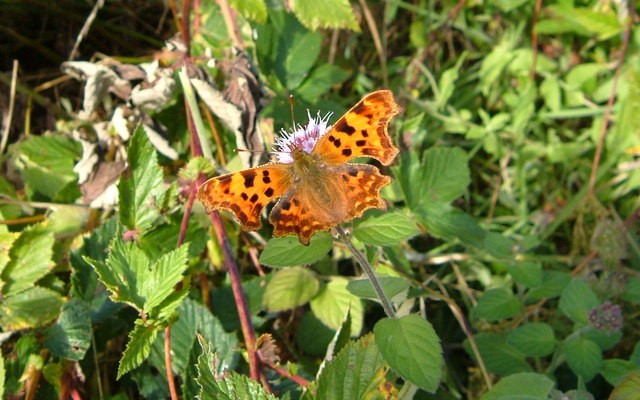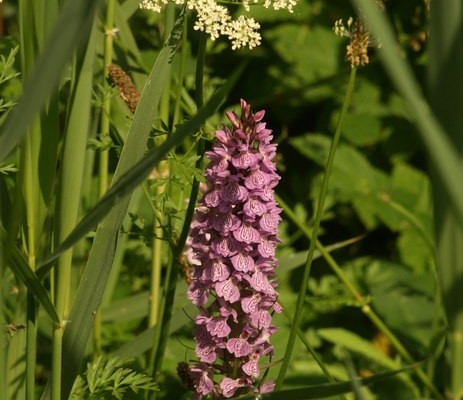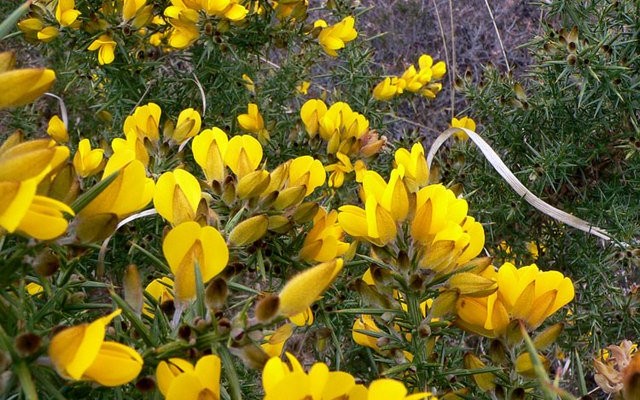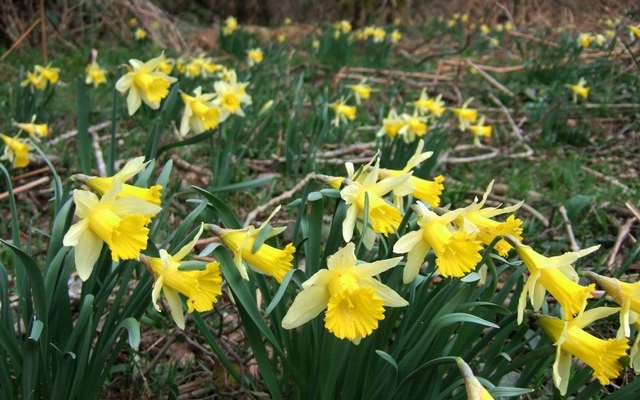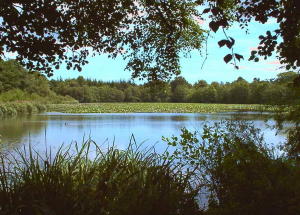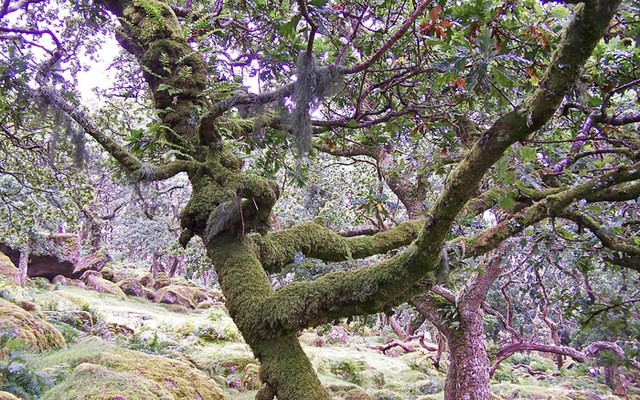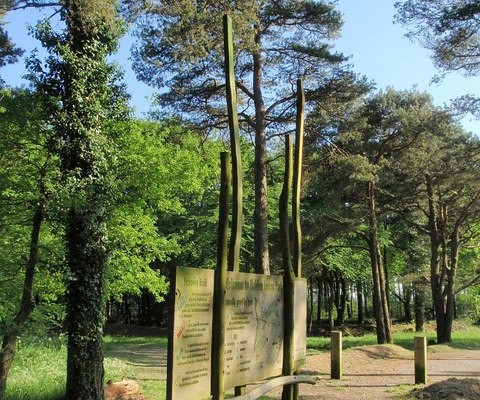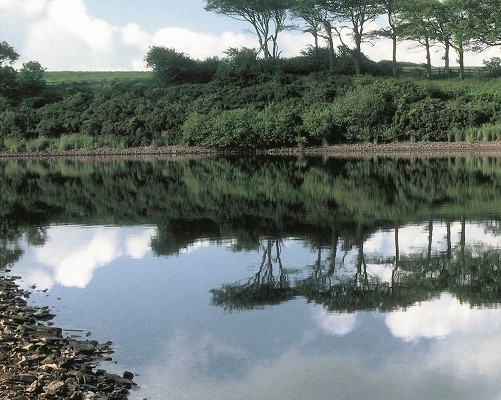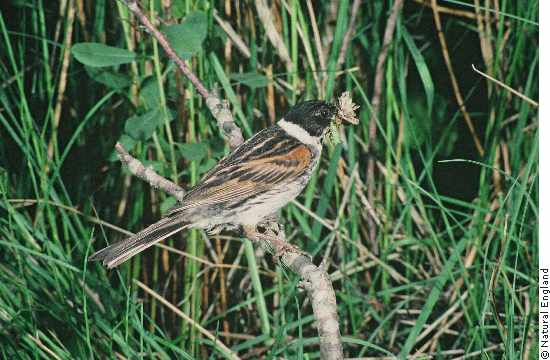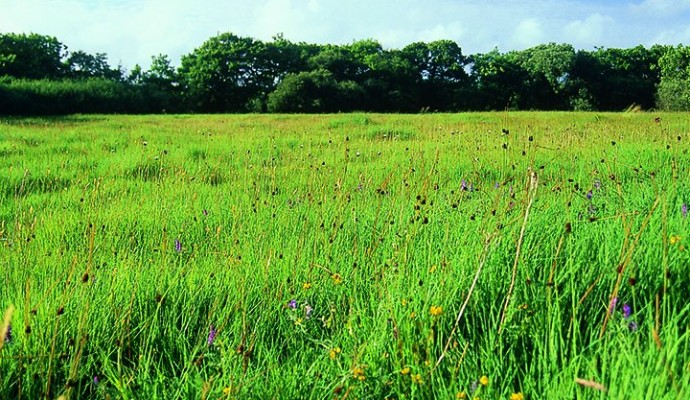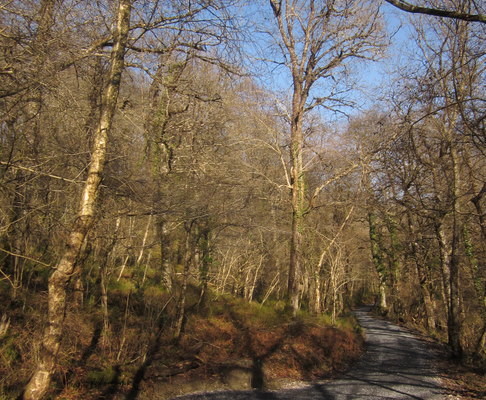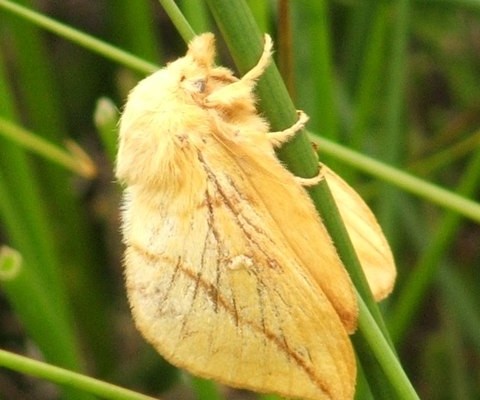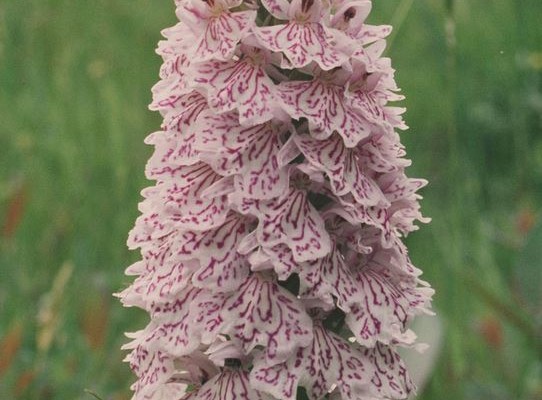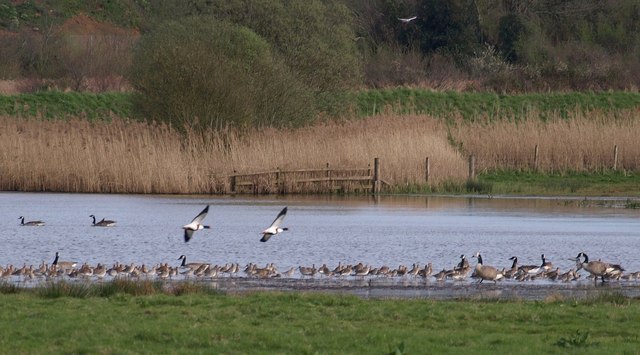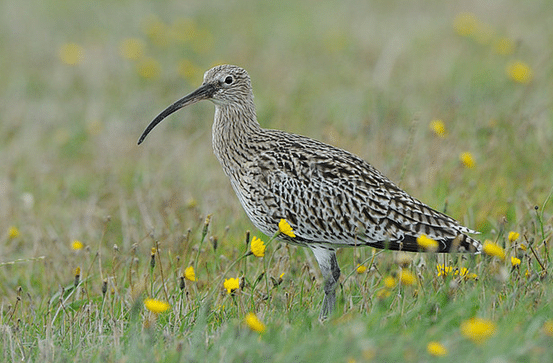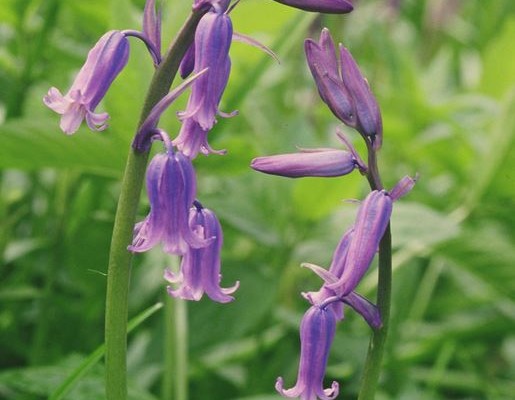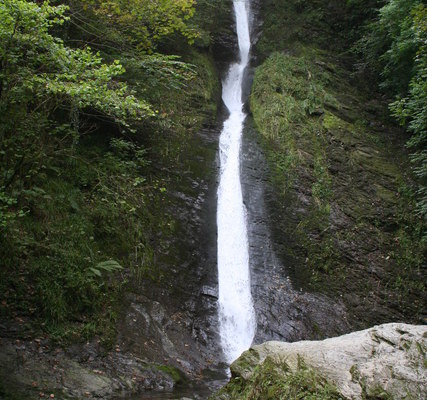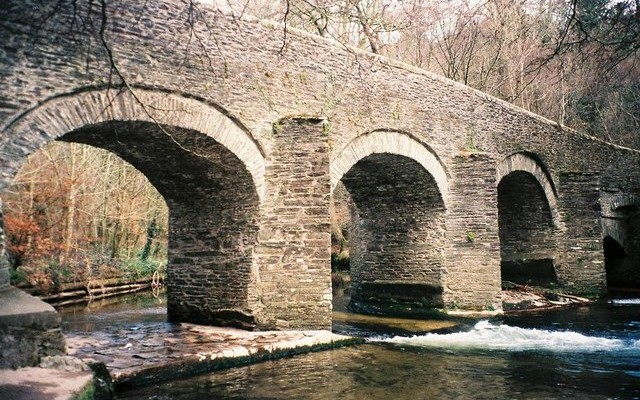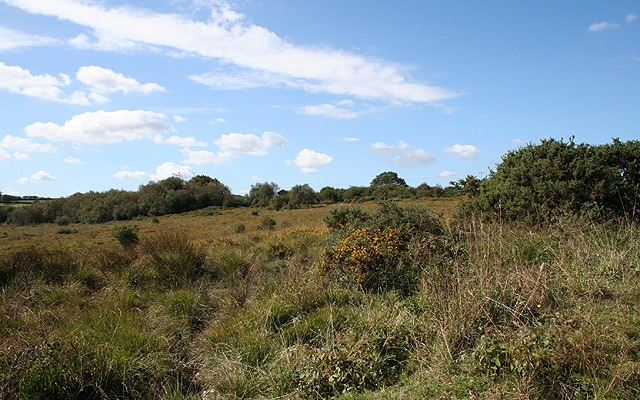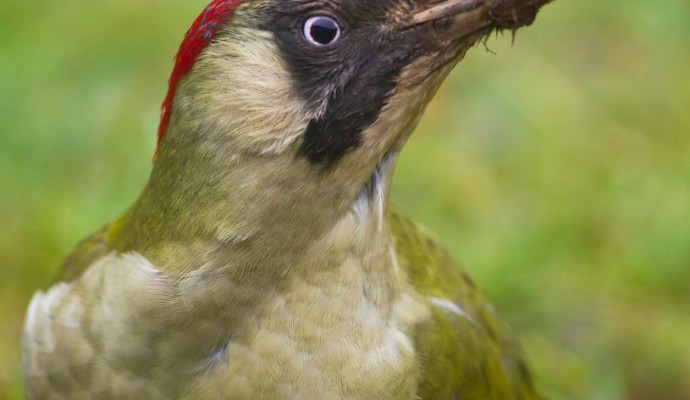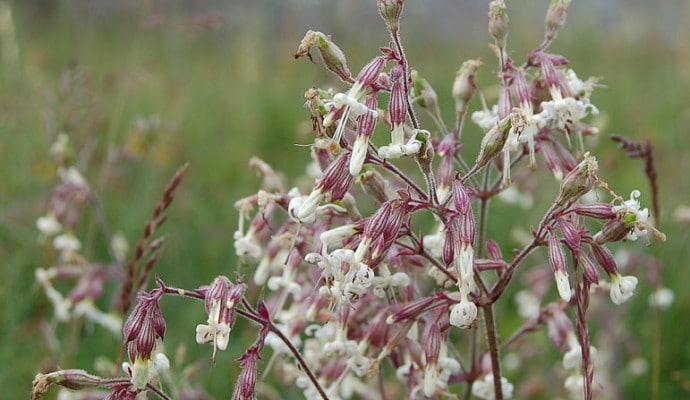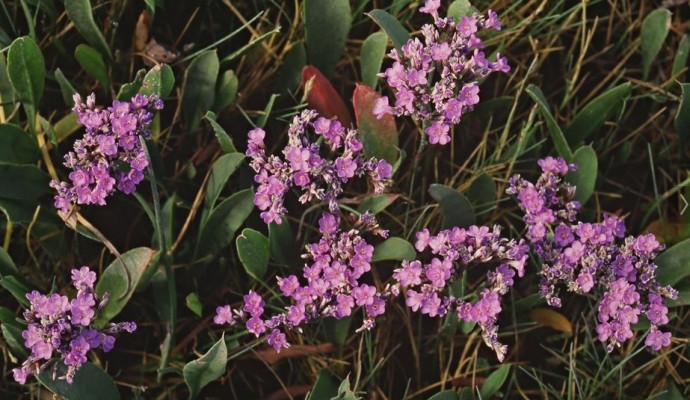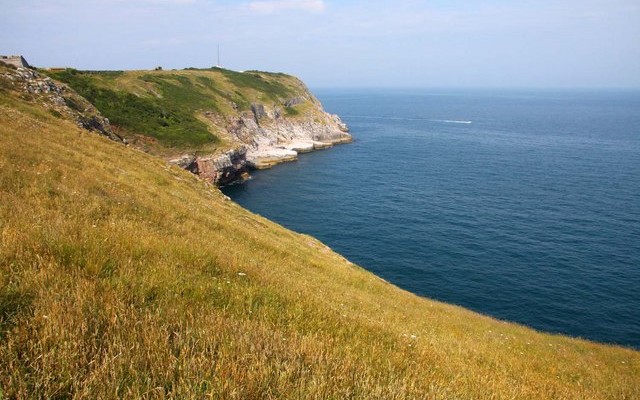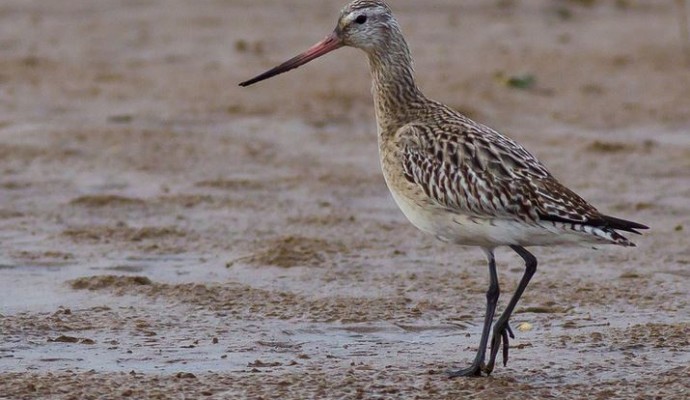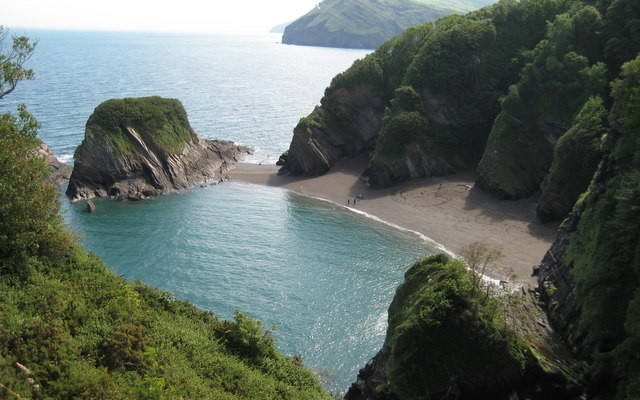Wildlife in Devon
Devon is unsurpassed for the beauty and quality of its landscapes. The beaches, shores and estuaries, the traditional farmed landscape with rolling hills, woods and hedgerows, the lowland heaths, the moors and uplands – all combine to make Devon one of the most stunning destinations in Great Britain.
Where else can boast two National Parks, five Areas of Outstanding Natural Beauty, a UNESCO Biosphere Reserve and England’s first natural World Heritage Site, the Jurassic Coast? There are also twelve estuaries punctuating over 400 km of coastline and 210 Sites of Special Scientific Interest.
But Devon’s wealth of natural beauty does not stop there. Look closer and you will find a sheer abundance and variety of wildlife that few areas in Britain can rival. The rich and largely unspoilt landscape supports many different habitats; these in turn provide a home to a fascinating diversity of plants and animals, too many to name here.
Don’t forget, Devon’s environment has something to offer throughout the year, not just in the spring and summer months. Many of the sites are best visited out of season, such as our estuaries which support large numbers of migrating and wintering birds. Our heaths and moorlands take on their own unique beauty during the winter months, and the stunning displays of spring flowers, such as wild daffodils and bluebells, are simply breath-taking.
